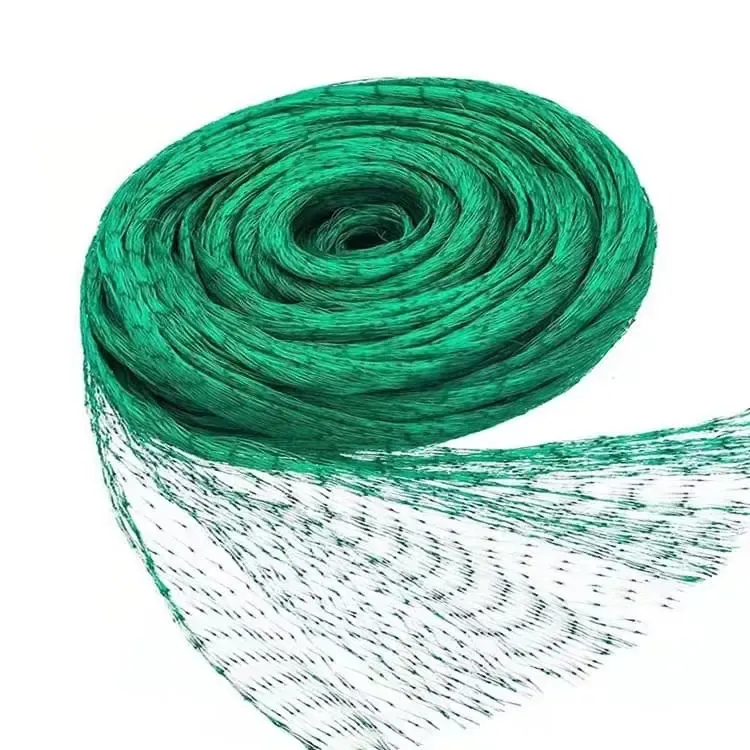-
 Afrikaans
Afrikaans -
 Albanian
Albanian -
 Amharic
Amharic -
 Arabic
Arabic -
 Armenian
Armenian -
 Azerbaijani
Azerbaijani -
 Basque
Basque -
 Belarusian
Belarusian -
 Bengali
Bengali -
 Bosnian
Bosnian -
 Bulgarian
Bulgarian -
 Catalan
Catalan -
 Cebuano
Cebuano -
 China
China -
 Corsican
Corsican -
 Croatian
Croatian -
 Czech
Czech -
 Danish
Danish -
 Dutch
Dutch -
 English
English -
 Esperanto
Esperanto -
 Estonian
Estonian -
 Finnish
Finnish -
 French
French -
 Frisian
Frisian -
 Galician
Galician -
 Georgian
Georgian -
 German
German -
 Greek
Greek -
 Gujarati
Gujarati -
 Haitian Creole
Haitian Creole -
 hausa
hausa -
 hawaiian
hawaiian -
 Hebrew
Hebrew -
 Hindi
Hindi -
 Miao
Miao -
 Hungarian
Hungarian -
 Icelandic
Icelandic -
 igbo
igbo -
 Indonesian
Indonesian -
 irish
irish -
 Italian
Italian -
 Japanese
Japanese -
 Javanese
Javanese -
 Kannada
Kannada -
 kazakh
kazakh -
 Khmer
Khmer -
 Rwandese
Rwandese -
 Korean
Korean -
 Kurdish
Kurdish -
 Kyrgyz
Kyrgyz -
 Lao
Lao -
 Latin
Latin -
 Latvian
Latvian -
 Lithuanian
Lithuanian -
 Luxembourgish
Luxembourgish -
 Macedonian
Macedonian -
 Malgashi
Malgashi -
 Malay
Malay -
 Malayalam
Malayalam -
 Maltese
Maltese -
 Maori
Maori -
 Marathi
Marathi -
 Mongolian
Mongolian -
 Myanmar
Myanmar -
 Nepali
Nepali -
 Norwegian
Norwegian -
 Norwegian
Norwegian -
 Occitan
Occitan -
 Pashto
Pashto -
 Persian
Persian -
 Polish
Polish -
 Portuguese
Portuguese -
 Punjabi
Punjabi -
 Romanian
Romanian -
 Russian
Russian -
 Samoan
Samoan -
 Scottish Gaelic
Scottish Gaelic -
 Serbian
Serbian -
 Sesotho
Sesotho -
 Shona
Shona -
 Sindhi
Sindhi -
 Sinhala
Sinhala -
 Slovak
Slovak -
 Slovenian
Slovenian -
 Somali
Somali -
 Spanish
Spanish -
 Sundanese
Sundanese -
 Swahili
Swahili -
 Swedish
Swedish -
 Tagalog
Tagalog -
 Tajik
Tajik -
 Tamil
Tamil -
 Tatar
Tatar -
 Telugu
Telugu -
 Thai
Thai -
 Turkish
Turkish -
 Turkmen
Turkmen -
 Ukrainian
Ukrainian -
 Urdu
Urdu -
 Uighur
Uighur -
 Uzbek
Uzbek -
 Vietnamese
Vietnamese -
 Welsh
Welsh -
 Bantu
Bantu -
 Yiddish
Yiddish -
 Yoruba
Yoruba -
 Zulu
Zulu
bird net for garden
Bird Netting for Your Garden A Comprehensive Guide
Birds are a delightful addition to any garden, bringing life and color while playing a vital role in the ecosystem by pollinating plants and controlling pests. However, they can also pose a challenge for gardeners, particularly when it comes to protecting crops from becoming their next meal. This is where bird netting comes into play. In this article, we will explore the benefits of using bird netting for your garden, how to select the right type, and tips for effective installation.
Why Use Bird Netting?
1. Protection of Crops One of the primary reasons gardeners opt for bird netting is to protect fruits, vegetables, and other plants from bird predation. Whether it’s luscious strawberries or ripe tomatoes, netting can safeguard your produce from being eaten or damaged.
2. Easy to Install Bird netting is relatively simple to install, making it accessible even for novice gardeners. With minimal tools required, you can quickly set up a protective barrier around your garden.
3. Versatile Use Besides protecting crops, bird netting can also be used to shield young plants, seedlings, and even garden beds from other small animals that may pose a threat.
4. Environmental Friendly Unlike chemical deterrents or traps, bird netting is a non-toxic solution that allows you to protect your garden without harming wildlife. It keeps birds out while allowing beneficial insects to access your plants.
5. Reusable Option High-quality bird netting is durable and can be reused for multiple growing seasons. This helps to reduce waste and is cost-effective in the long run.
Selecting the Right Bird Netting
When choosing bird netting for your garden, consider the following factors
1. Material Bird netting comes in various materials, such as nylon, polyethylene, and polypropylene. Nylon is robust and UV-resistant, making it a great option for long-term use. Polypropylene is lighter and more affordable, suitable for short-term protection.
bird net for garden

2. Mesh Size The mesh size determines what type of birds and animals the netting will keep out. For small birds like finches or sparrows, a mesh size of 3/4 inch is typically sufficient. For larger species, a 1 inch or larger mesh may be appropriate.
3. Color and Visibility Bird netting is available in various colors, but choosing a black or dark green option can make it less visible to birds, which may help in reducing the chance of them attempting to penetrate the netting.
Installation Tips
1. Prepare the Area Clear your garden of any debris or obstacles before installing the netting to ensure a smooth setup.
2. Support Structure Use stakes, hoops, or PVC pipes to create a support structure for the netting. This keeps the net off your plants and prevents birds from accessing the crops underneath.
3. Secure the Edges Make sure to secure the edges of the netting to prevent birds from slipping under. Use soil, rocks, or landscape pins to keep the edges weighted down.
4. Monitor Regularly After installation, check the netting regularly to ensure it remains intact and effective. Look for any tears or damages that could allow birds to enter.
5. Seasonal Use Consider removing the netting during the off-season to prevent trapping non-target animals and allow natural pollinators full access to your garden.
Conclusion
Bird netting can be an invaluable tool for gardeners looking to protect their hard-earned crops from feathered foes without causing harm to the creature. By choosing the right netting and implementing effective installation techniques, you can enjoy a thriving garden filled with vibrant fruits and vegetables. Embrace the beauty of nature while safeguarding your green spaces—bird netting may just be the answer you’ve been seeking. Happy gardening!
-
Shipping Plastic Bags for Every NeedNewsJul.24,2025
-
Safety Netting: Your Shield in ConstructionNewsJul.24,2025
-
Plastic Mesh Netting for Everyday UseNewsJul.24,2025
-
Nylon Netting for Every UseNewsJul.24,2025
-
Mesh Breeder Box for Fish TanksNewsJul.24,2025
-
Expanded Steel Mesh Offers Durable VersatilityNewsJul.24,2025











